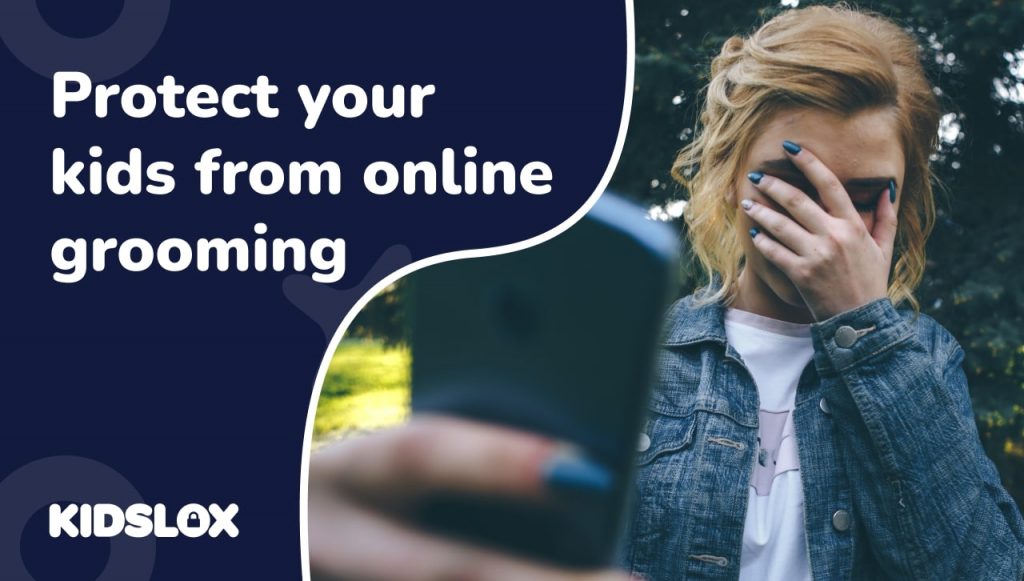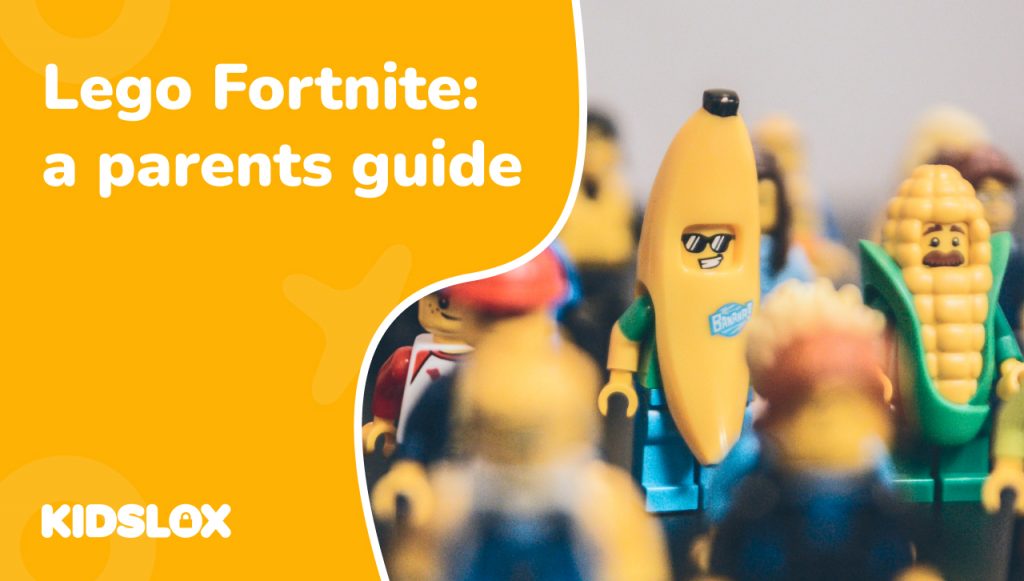In a world where technology touches almost every aspect of our lives, it’s no surprise that education, too, has found a strong ally in the digital realm. As parents, our ultimate aim is to prepare our children for the future – a future that is deeply rooted in science and technology.
That’s why finding the best science apps for our kids isn’t just a casual search for another game or pastime; it’s an investment in their development and a nod to their natural curiosity about the world around them.
Science apps provide a unique platform that blends education with entertainment, transforming how children perceive learning. They are not just tools for play; they are gateways to a universe of knowledge presented in a way that speaks the language of today’s tech-savvy youth. These apps can turn a tablet or smartphone into a science lab, an exploration ship, or a window to the cosmos – all at the swipe of a finger.
As we navigate through the vast ocean of apps available, how do we pick the best ones for our kids? This article will guide you through the why and the how of selecting science apps that will not only educate but also inspire your children.
Why Should Parents Consider Science Apps for Kids?
As parents, we’re always looking for ways to spark that lightbulb moment for our kids, where learning clicks and their eyes light up with understanding. Science apps can be the switch that flips on this excitement. Here’s the heart of why these apps could be your new best friend in your child’s learning adventure:
Interactive Learning
Remember when learning meant staring at a chalkboard? Those days are long gone.
Today’s science apps are like the interactive kids’ museums we all love – they draw little learners in with cool experiments, vibrant animations, and challenges that feel more like play than education. They make the tough stuff like physics puzzles and biology mysteries something kids can touch, manipulate, and master. It’s active learning that keeps young minds buzzing and eager for more.
Accessibility for All Learners
With science apps, your kiddo has a ticket to explore anywhere, from the deep blue sea to the far reaches of space, all from the backseat of your car or the comfort of your living room couch.
Waiting at the dentist or during a long car ride? These are now opportunities to dive into a science adventure. It’s like having a mini science genius in your pocket, ready to answer those endless ‘why’ questions on demand.
Personalized Pace
Each child dances to their own beat, and science apps get this. They’re like the patient teacher who doesn’t mind explaining photosynthesis five times or the coach who cheers when a concept finally sticks.
With settings that adapt to different learning styles and speeds, these apps ensure that your child can learn without pressure in a way that makes sense to them. It’s a no-tears approach to science that builds confidence along with knowledge.
Encouraging Curiosity in a Distracted World
What’s brilliant about these apps is the buffet of topics on offer. Is your little one a budding marine biologist? An astronaut-in-training? Or maybe a future botanist? There’s an app for that.
They’re a treasure trove of ‘did-you-knows’ and ‘what-ifs’ that can turn any ordinary moment into an extraordinary learning experience, fostering a lifelong love for discovery.
Safe Content & Protection
Navigating the internet for kid-safe content can be like searching for a needle in a haystack. Science apps create a walled garden where you can breathe easy, knowing your child is exploring, learning, and growing in a space that’s as secure as it is educational. They’re a digital playground vetted by educators and designed for young, curious minds.
Top Science Apps for Kids
Top App for Learning Coding: Tynker
Tynker is an educational platform designed to teach coding to children and teenagers. It aims to foster problem-solving and critical thinking skills through a fun, interactive learning approach.
Tynker offers a range of coding courses, from beginner to advanced levels, integrating block-based coding challenges that later progress to text-based programming languages like JavaScript and Python. With over 70 courses and 5,000 lessons, the program is versatile enough to cater to various age groups and skill levels.
The app also provides live coaching and personalized learning paths, with the goal of guiding students toward coding proficiency and certification. For those interested in gaming, Tynker offers specialized courses that teach coding through Minecraft, providing an engaging context for learning that leverages children’s interest in the game.
The platform aligns with educational standards and includes cross-curricular STEM coding and AP Computer Science courses, aiming to make coding an accessible and valuable part of K-12 education.
Top Science App for Class-Based Courses: Khan Academy
You may be familiar with the online course-based platform Khan Academy. It’s the perfect choice for learning all sorts of topics, from math to science, history, and more. But what sets it apart is its focus on providing free courses tailored to science and STEM topics.
Khan Academy has an ever-growing selection of courses covering physics, biology, astronomy, and more. The platform also offers interactive quizzes and exercises to help students understand the material better.
Subject-matter experts create the content on Khan Academy and align it with standard educational curricula. It covers a broad range of subjects, including math for K-12 through early college, grammar, science, history, and preparation for tests like the AP® exams and SAT®.
Top Science App for Learning About The Cosmos: Star Walk
Star Walk is a mobile application designed to bring the cosmos to your fingertips using your phone’s sensors to determine your location and identify celestial bodies in the sky. Whether you’re pointing your camera at a bright star, a distant planet, or simply curious about what’s above, Star Walk provides information on the stars and planets you’re observing.
Beyond live stargazing, the app offers a wealth of astronomical information available at any time. Users can track the International Space Station (ISS) and learn about various astronomical events and objects, from sunset times to the composition of Martian soil. Star Walk is a gateway to a vast array of scientific content for amateur astronomers and curious minds alike.
The app is freely available and supported by ads. However, for those who prefer an uninterrupted experience, there is an option to purchase an ad-free version for a nominal fee.
Top Science App for Younger Learners: Toca Nature
Toca Nature is an app from Toca Boca that invites children to engage with an interactive digital landscape. The app encourages creativity and exploration, allowing users to shape their own piece of nature.
Kids can plant trees to grow forests, raise mountains to create breathtaking views and collect natural resources like berries, mushrooms, or nuts to feed various animals. The app provides an immersive experience that can capture the wondrous moments one might encounter in the wild.
Toca Boca’s approach to app design is centered around ‘digital toys’ rather than traditional games. There are no high scores, levels, or set narratives. This means each child can use the app in their own unique way, fueling their imagination and creativity without the constraints of structured gameplay.
Top Science App for Young Meterologists: The Weather by Tinybob
The Weather by Tinybop is an educational app that allows children to delve into meteorology by experimenting with the elements that create weather patterns.
It offers interactive experiences such as creating hurricanes and tornadoes and exploring the effects of mixing different atmospheric elements like air and wind or sun and temperature. The app is designed to spark curiosity about the science behind weather phenomena.
As part of The Explorer’s Library series, The Weather app is not just about passive learning; it invites kids to actively engage by diving into cloud formations and understanding their composition and significance.
Supporting STEM education, The Weather comes with a complimentary handbook filled with fascinating facts and questions designed to encourage discussions among parents, educators, and children. It’s available for download in multiple languages, making it accessible globally.
Learn more about The Weather by Tinybob
Top Science App for Bite-Sized Science: Tappity
Tappity is a digital platform that offers an expansive library of interactive science lessons aimed at children aged 4 to 10. Designed to ignite a child’s natural curiosity, Tappity provides a variety of topics that cater to young learners’ diverse interests.
The app is available for download on iPad and iPhone and can also be played on the web, ensuring easy access and convenience. With over 100 topics in its ever-expanding library, Tappity offers an educational resource that grows with your child’s curiosity and knowledge. The lessons are structured in bite-sized segments, ensuring that young users are actively participating and engaged rather than passively watching.
What To Look For In A Science App for Kids
The above are only a few of the many science apps on the market that are designed to help children learn. When looking for the perfect app, here are a few things that parents and teachers should consider:
Quality of content: Is the material provided accurate? Does it measure up to your child’s age level? Are there any inaccuracies or mistakes in the content?
Ease of use: How easy is it for your child to navigate through the app? Is it user-friendly, or does it require a lot of clicking and scrolling to find what they’re looking for?
Engagement: Does the app keep your child interested and engaged in learning? Are the activities fun and interactive or just informational?
Relevance: Are the topics covered relevant to your child’s current level of knowledge? Are the activities age-appropriate?
Safety: Is the app free from harm or inappropriate content? Does it have parental controls or other safety features built-in?
Never assume that an app targeted at your child’s age level is appropriate. Always read reviews, check ratings, and research the content to make sure it is suitable for your child.
Turn Devices from Distractions to Learning Tools
Smartphones, tablets, and other digital devices can be a great way to engage with your child and make learning fun. But helping your child learn responsible and effective use of technology is key.
At Kidslox, we are committed to helping parents and guardians learn how to help their children form good habits and turn digital devices from distractions to learning tools. Head online to find even more great guides and resources to help your child utilize technology to expand their learning – not distract them from it!





